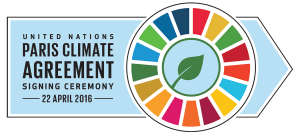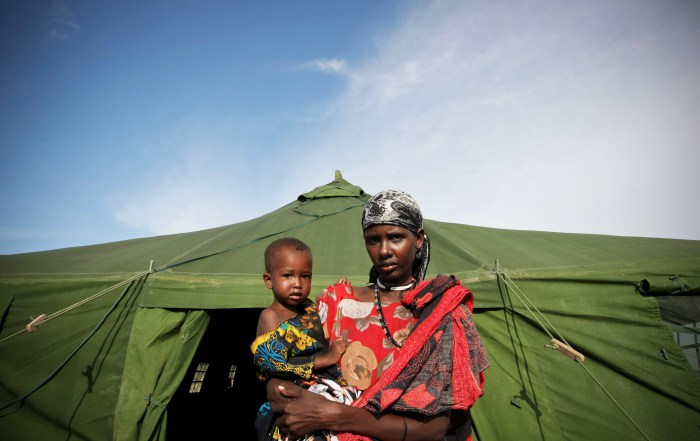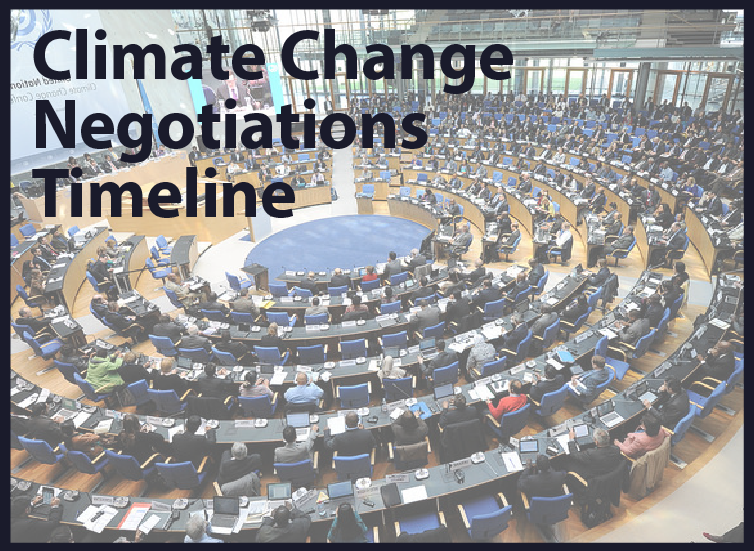Related videos
 To keep the global spotlight focused on climate change and build on the strong political momentum from Paris, United Nations Secretary-General Ban Ki-moon invited representatives of all countries to sign the Paris Agreement on climate change at a special Ceremony at the United Nations Headquarters on 22 April. The Signing Ceremony took place on the first day that the Agreement opened for signatures, and marked the first step toward ensuring that the Agreement enters into legal force as quickly as possible.
To keep the global spotlight focused on climate change and build on the strong political momentum from Paris, United Nations Secretary-General Ban Ki-moon invited representatives of all countries to sign the Paris Agreement on climate change at a special Ceremony at the United Nations Headquarters on 22 April. The Signing Ceremony took place on the first day that the Agreement opened for signatures, and marked the first step toward ensuring that the Agreement enters into legal force as quickly as possible.
175 countries signed the Agreement. See the full list.
The Paris Agreement was adopted by all 196 Parties to the United Nations Framework Convention on Climate Change at COP21 in Paris on 12 December 2015. In the agreement, all countries agreed to work to limit global temperature rise to well below 2 degrees Celsius, and given the grave risks, to strive for 1.5 degrees Celsius. Implementation of the Paris Agreement is essential for the achievement of the Sustainable Development Goals, and provides a roadmap for climate actions that will reduce emissions and build climate resilience.
I demand that world leaders ratify the #ParisAgreement on climate change. The time to act is now.
Tweet
Programme
 Signing ceremony – download PDF
Signing ceremony – download PDF
Opening and closing scenarios – download as PDF
Order of speakers at Opening Ceremony – download as PDF
Order of speakers: Countries A-L, Trusteeship Council Chamber – download as PDF
Order of speakers: Countries M-Z, ECOSOC Chamber – download as PDF
Luncheon Programme – download PDF
Media Accreditation for signing ceremony on 22 April
Paris Agreement – Frequently Asked Questions
The Paris Agreement is an ambitious, dynamic and universal agreement. It covers all countries and all emissions, and is designed to last. This is a monumental agreement. It solidifies international cooperation for climate change. It provides a way forward.
The Paris Agreement sends a powerful signal to markets that now is the time to invest in the low emission economy. It contains a transparency framework to build mutual trust and confidence.
It will serve as an important tool in mobilizing finance technological support and capacity building for developing countries. And it will also help to scale up global efforts to address and minimize loss and damage from climate change.
Paris is a beginning—we now have to implement the Agreement. But we have taken a giant step forward.
The adoption of the Agreement sends a message to the world that countries are serious about addressing climate change. It is a remarkable triumph that the 196 parties to the Convention have reached this agreement.
The agreement is ambitious and it provides all the tools we need to address climate change, for reducing emissions and to adapt to the impacts of climate change.
The proof will be in the implementation.
Countries officially submitted their own nationally determined climate actions. They have an obligation to implement these plans, and if they do, it will bend the curve downward in the projected global temperature rise.
The agreement not only formalizes the process of developing national plans, but also it provides a binding requirement to assess and review progress on these plans. This mechanism will require countries to continuously upgrade their commitments and ensure that there will be no backtracking.
This agreement is a clarion call from governments that they are ready for implementing the 2030 Sustainable Development Agenda.
There is no benefit to flouting the Agreement. Any short-term time gain will be short-lived. It will undoubtedly be overshadowed by negative reactions, by other countries, financial markets, and most important, by their citizens.
Countries agreed in Paris to take vigorous action to promote climate action, ramp up financing and begin implementation of their climate plans. Countries will have an opportunity, as part of a collective review in 2018, to update these plans.
We need to integrate climate action with the implementation efforts for the 2030 Sustainable Development Agenda, as the actions for one are necessary and vital for progress on the other.
The Agreement consists of a core agreement that governs the international process will be binding on parties, while there are elements that are not part of the legally binding agreement. These parts, such as the intended nationally determined contributions, may be binding at the national level.
We have an agreement and we have a chance now to reach our goal. We couldn”t say that without an agreement. The Paris Agreement will put us on a pathway to achieve the 2 degree goal or less. We did not expect to leave Paris with commitments to reach that goal, but rather, with a process that will get us there. And that is what the Agreement provides.
The fact that 188 countries representing close to 100 percent of global emissions submitted their Intended Nationally Determined Contributions is very encouraging. It shows that countries see Paris as the first stop in a process and are fully engaged in getting where we need to go.
The Paris Conference will feature new climate action announcements that will demonstrate how civil society and the private sector are moving forward to address climate change.
The Lima to Paris Action Agenda, which produced hundreds of new commitments and initiatives, has shown that the actions needed to address climate change are the same as for the Sustainable Development Agenda.
We can limit global temperature rise to less than 2 degrees if we take action now. We need all countries and all sectors of society to act now—it is in the interests of everyone.
It is doable. Taking climate action now makes good economic sense. The more we delay, the more we pay. We can promote economic growth, eradicate extreme poverty, and improve people’s health and well-being by acting today.
What you can do
Taking climate action is up to everybody. To make it easier, we’ve put together a list of things you can do. You can also visit the UN Framework Convention on Climate Changeto learn more about the Paris Agreement, and spread what you’ve learned and what you’re doing on your social networks with the hashtag #ParisAgreement.
Need some inspiration? Check out our Lazy Person’s Guide to Saving the World and our Year of Living Sustainably initiative.











Follow us